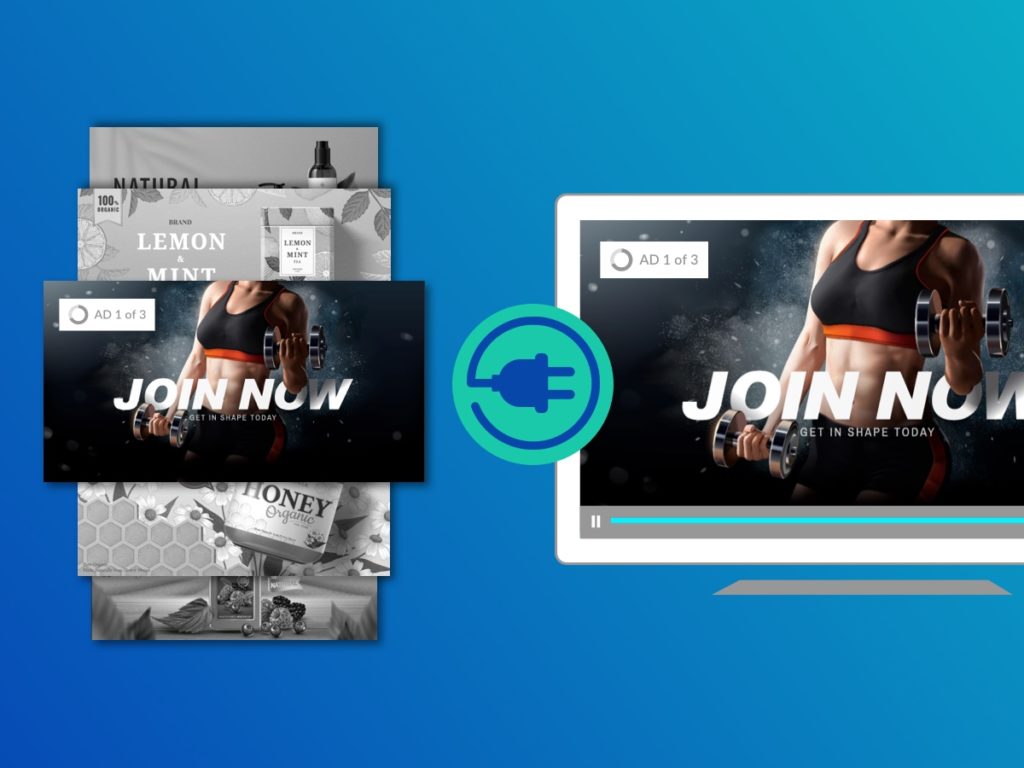Blast From the Past: Streaming is Reviving the TV of Old
by Frankie Karrer
4 Min Read
CES 2024: Stagwell (STGW) and MNTN Announce Partnership in Unified Performance SolutionsLearn More

7 Min Read
As the advertising world continues to evolve, technology does as well, and sometimes it’s hard to keep it all straight. Programmatic advertising and the tools that go along with it, like demand side platforms, have made it easier than ever for advertisers to access ad inventory across publishers and reach their target audience.
But, what is a demand side platform and how does it work?
A Demand Side Platform (DSP) is a software-based platform that allows advertisers and agencies to buy digital ad inventory from multiple ad exchanges in an automated, centralized, and efficient manner using real-time bidding technology.
SSP stands for Supply Side Platform and is the other side of the transaction when it comes to programmatic ad buying. Where you, the advertiser, use a DSP to plug into the ad exchange and purchase advertising, publishers utilize an SSP in much the same way to make their inventory available to you.
The SSP allows publishers to add their inventory to exchanges and set a floor price, meaning that they can guarantee their inventory is sold for a minimum price that aligns with their business goals.
So while advertisers use a DSP to try to get ads at the best (read: lowest) price for their desired inventory, publishers use SSPs to help ensure that they can sell their inventory at the highest possible price.
The DSP, SSP, and ad exchange work together to find a middle ground that works for all parties involved.
So again, a DSP automates the process of buying ad inventory across multiple sources, streamlining programmatic advertising for advertisers. Here’s how it typically works:
In essence, a DSP simplifies and optimizes the digital ad-buying process, making it more efficient and effective for advertisers to reach their desired audiences.
We just covered a lot of information there, so I think a quick summary is in order. Why exactly are DSPs so important to the digital advertising ecosystem? Here are the reasons:
Now that we’ve answered the question of “what is a DSP,” perhaps you want to check out a few concrete examples. Below is a list of some commonly used services:
There are a few different ways demand side platforms use to make money:
Now that you are a programmatic expert, you may be wondering how Performance TV with MNTN compares to DSP advertising.
While DSPs help you access CTV and OTT inventory, they are not without their faults, many of which Performance TV addresses.
Pricing: As mentioned above, DSPs make money in a few different ways, including monthly fees or percentages of overall campaign costs. Unfortunately, there are often hidden fees when it comes to accessing various audiences, which can add up quickly. Performance TV is all about price transparency, as well as access to great tools. Included within the cost is access to a creative suite, as well as a customizable reporting dashboard and the ability to tap into tens of thousands of third-party audiences via its integration with Oracle Data Cloud—no hidden fees allowed.
Reporting: Speaking of the Performance TV reporting dashboard, this is another efficiency that DSPs do not offer. While DSPs provide essential insight into campaign performance, it is often delivered piecemeal, meaning that you’ll be spending more time deciphering performance rather than optimizing it. With the Performance TV dashboard, all of your campaign data is available in one spot and can be customized for the view that makes the most sense for your business. Plus, your information can be added to your Google Analytics account, making it easy to track your CTV campaign along with your other performance marketing channels.
Ad Quality: There is a lot of content out there and it’s not all created equal. When buying through a DSP, there is a lack of transparency as to what content your ads are actually running on. The content may not be brand safe or your ad may run on skippable inventory meaning your creative is not viewed to completion. Performance TV offers Living Room Quality, which ensures that your ad is only running on non-skippable CTV inventory that runs through your smart TV or CTV-enabled devices (not a phone, tablet or the like). Additionally, it’s served only on top-tier streaming services so you can be sure your ad is showing up only on quality content.
Set-Up: DSPs often require a third-party, such as an advertising agency or media buyer, which adds more back-and-forth communication, as well as additional cost. Performance TV keeps it simple: upload your creative, select your audience and flight dates and launch your campaign. In the words of one of our favorite TV personalities, how easy is that?
The programmatic world is making it easier than ever for businesses to access available advertising inventory. With the demand side platform definition in hand and an understanding of the technology offerings out there, there is no better time to tap into the world of CTV advertising and reach your target audience where they are watching.
Streaming TV advertising using Performance TV can help alleviate some of the downsides of programmatic buying through a DSP and traditional cable TV advertising methods. The extra data and insights CTV provides will allow you to optimize your campaigns along the way and get more from your budget.
Subscribe to the report Apple, Amazon, NBC and more use to get their CTV news.